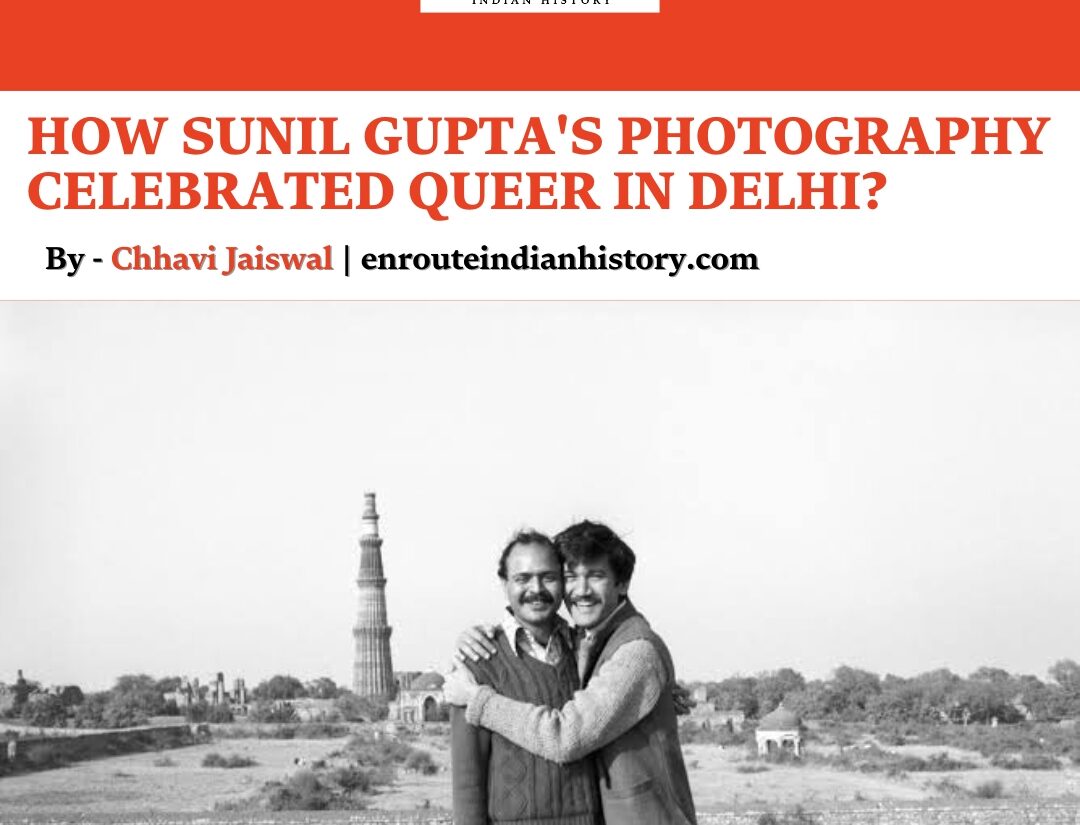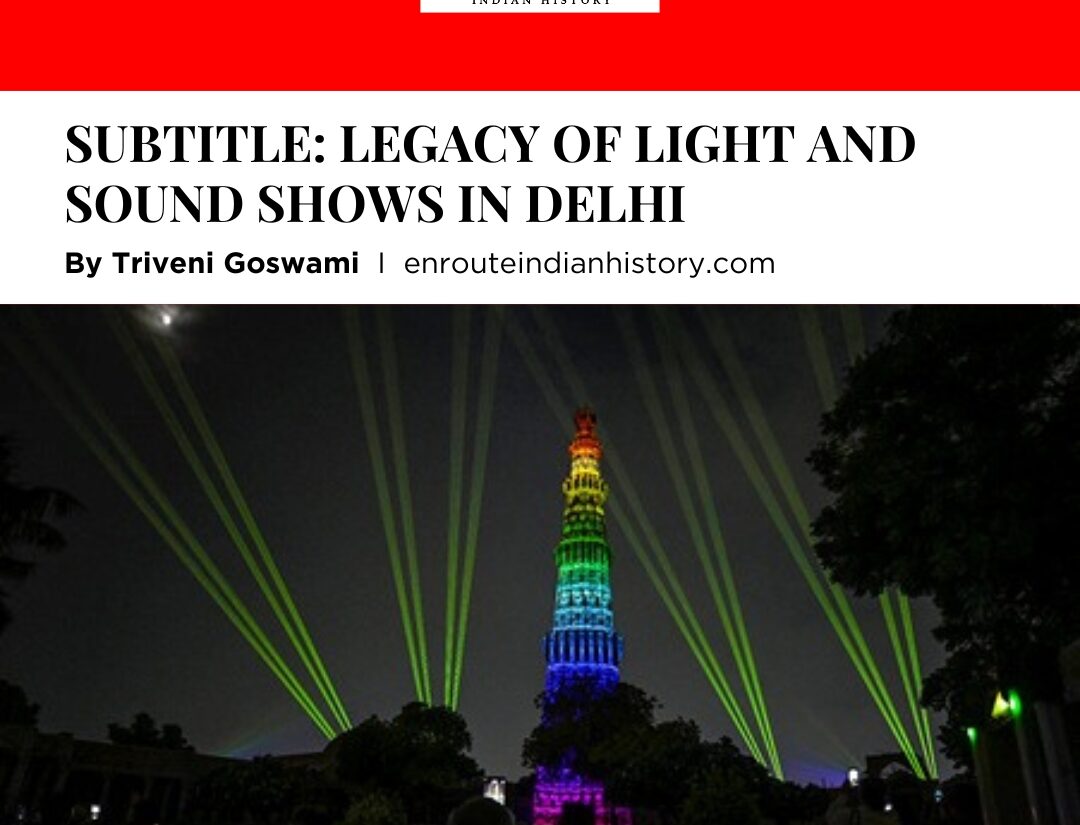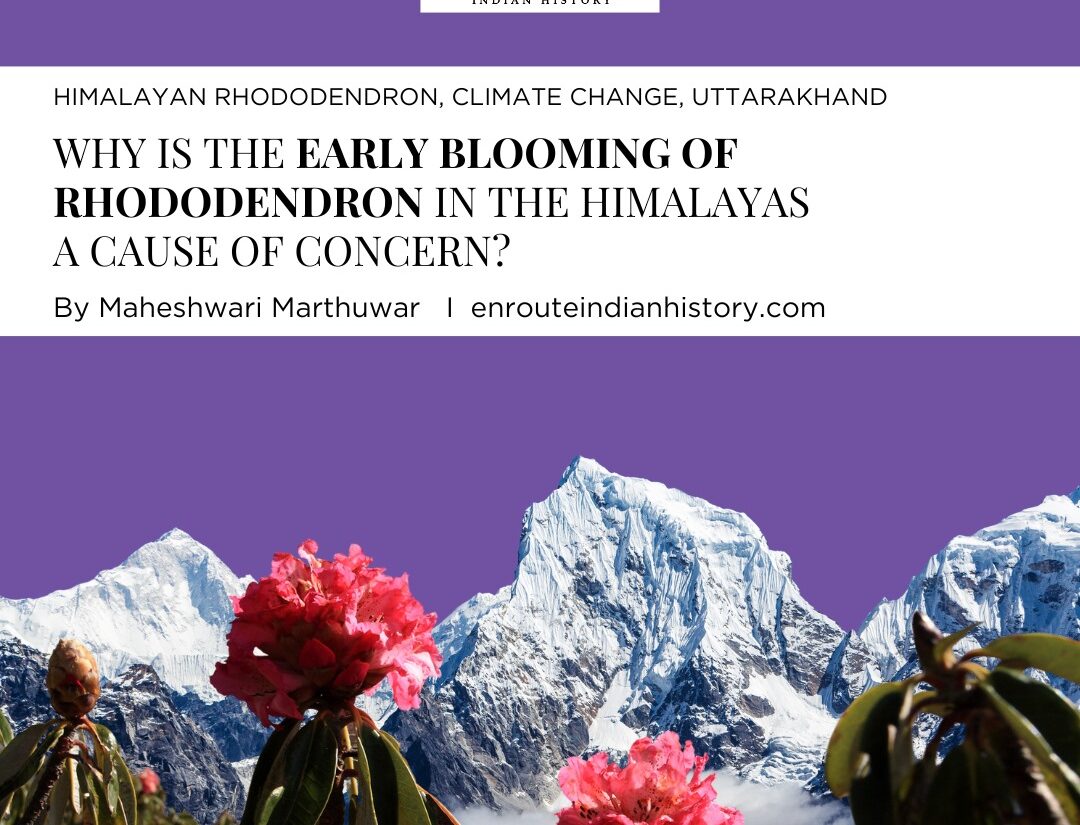
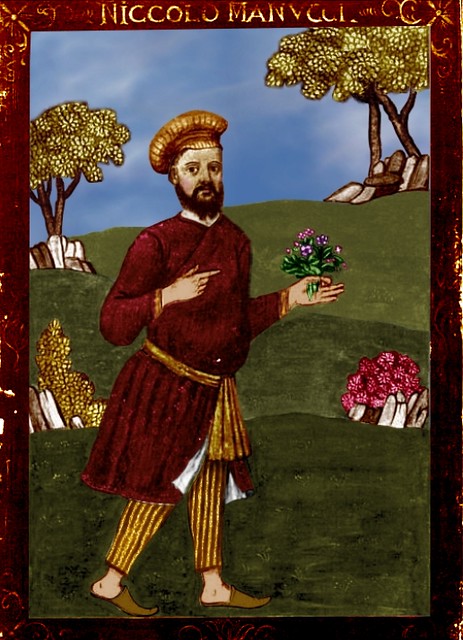
Figure 1: India through Manucci’s eyes
In his renowned work, ‘Storia do Mogor,’ Manucci, an Italian adventurer and traveller, delved deep into the intricacies of the Mughal dynasty, offering vivid insights into the social fabric, customs, and religious practices prevalent in India during that era (Ahmad, 2022). His narrative spans across various aspects of life, including Hindu rituals, Muslim ceremonies such as weddings and funerals, and the societal norms that govern interactions. Manucci’s writings provide a comprehensive portrayal of India’s economic landscape, highlighting the thriving industries, the bustling towns, and the significance of cities within the subcontinent. Notably, his observations during the reign of Emperor Aurangzeb shed light on the fusion of European influence and South Asian artistic expression, showcasing the dynamic cultural exchange prevalent during that period. He skillfully articulates the intricate tapestry of India’s social fabric, offering valuable insights into the lives of its people and the historical context in which they thrived. Through his writings, Manucci captures the essence of India’s rich cultural heritage and its dynamic historical ambiance, ensuring that his contributions endure as invaluable resources for understanding Indian history.
Through travel writing, authors share their cultural views and firsthand experiences from other nations with readers in an effort to promote an understanding of other cultures around the world. While native writers sometimes ignore and fall short of capturing the delicate subtleties of life and culture in India that are essential to its identity, foreign travellers provide invaluable knowledge to bridge the big gaps left by indigenous writers.
Niccolao Manucci born in 1639, a venetian traveller reached India after running away from his native city when he was 14 years of age in 1653 and he arrived in Surat in 1656. A fascinating aspect of his journey involved his acute observation of Indian society from Surat, where he got off the ship, to the Mughal capital, where he eventually found work with the Mughal Prince Dara Shukoh. By his travel writing he expresses knowledge about culture which is parallel to his experience on world culture (Kinra, 2020). He examines the later reign of Shah Jahan and discusses the life of Aurangzeb as a long suffering hero and a villain. He provides a glimpse of the caste system and reports about the incidents of ‘sati’ during his return trip to Agra. He examined the contentious nature of the tradition where widows are expected to mourn their husbands’ deaths, a practice prevalent among Hindus in Mughal India.

Figure 2: Equestrian Portrait of Aurangzeb
(Source: Jain, 2019)
There are some illustrative anecdotes and descriptions of his travels which provide vivid insights through the daily lives of people over different regions of the Indian subcontinent. He discussed the diversity of dress and appearance of the people (Singh, 2023). The majority of Hindus wear white clothes whereas muslim wear a variety of clothes of different colours. With respect to economic life, he discussed the industry along with the importance of trades of various groups in India. He thought Indian-made ships were better to their European counterparts because of the ample availability of timber and other necessary materials. In the realm of political life, he describes the challenges which are faced by the mughal empire which includes the rise of maratha confederacy along with Sikh rebellion.
Manucci encountered various sarais while travelling from Surat to Delhi. He took notice of the facilities and security measures available to travellers at these sarais. Specifically, strict regulations were adopted to protect the well-being of tourists and travellers, with officials held accountable for their safety and security. Manucci’s documents reflect the recognized Gwalior Gharana’s important contribution to Indian classical music. “In the town which lies at the foot of the hill, there dwell many musicians, who gain a livelihood with their instruments; and many persons maintain that it was on this mountain that the God Apollo first started Hindu music”.
Manucci made observations about the Parsians, saying that they were worshippers of fire. He also discusses a fascinating religious belief among Parsis, whereby if someone’s house catches fire accidentally, they are forbidden to interfere or extinguish it under any circumstances. They believe that such an event represents a sacred blessing from the gods in return for their devotion, which they have shown. Manucci goes on to highlight a special custom in India where it was customary to offer betel leaf or paan to guests as a show of courtesy. It would be deemed extremely rude to decline such an offer. Accounts from other authors, such as Abul Fazal, who also mentioned the old Hindu custom of using paan, corroborate Manucci’s description of this practice. Amir Khusrau also regarded paan as the best fruit in Hindustan, praising it as a beautiful fruit similar to a garden flower.
Interestingly, the fact that Manucci highlighted Akbar’s desire to construct copper and bronze palaces in the city of Agra is not mentioned in any contemporary literary sources. Manucci’s admiration for Mughal art provides intriguing insights, suggesting that the paintings were created primarily as novelties rather than being motivated by religious devotion. Manucci paints a vivid picture of Delhi as Shahjahan’s new capital, emphasising its vast and well-built bazaars, where a wide range of items are sold. Similarly, Abul Fazal stated that Akbar introduced the “Khush Roz,” or “happy day,” also known as the fancy bazaar. Meena Bazaar was held on the third Friday of each month, and the ladies of the harem would come to buy things brought from various places. Akbar used this opportunity to oversee the activities of the harem and arrange marriages between young men and women.
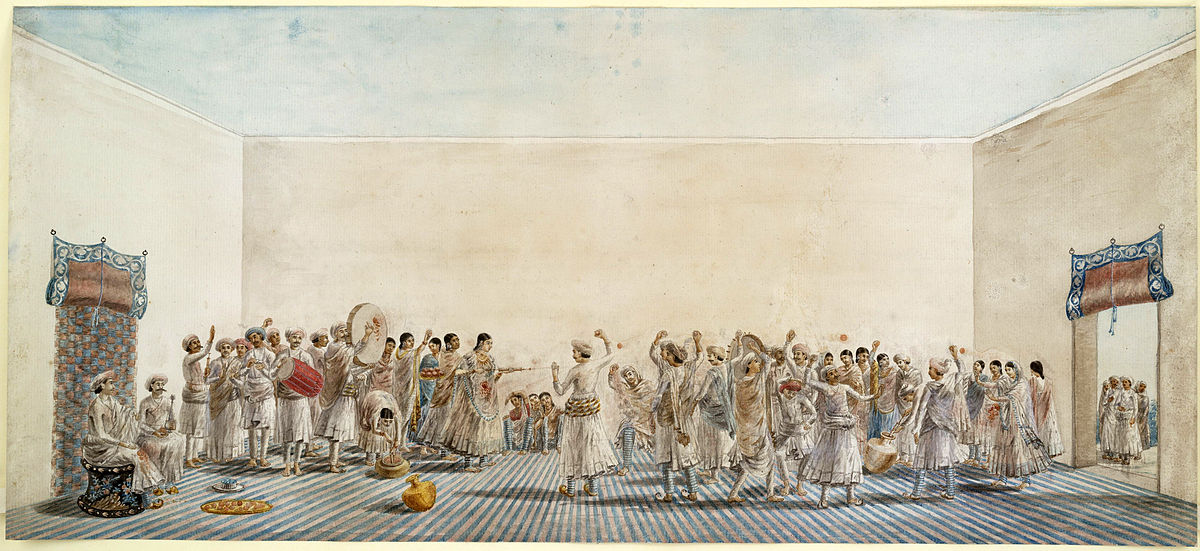
Figure 3: Holi being played in the courtyard, ca 1795
(Source: Jain, 2019)
Through his book “Storia do Mohor,” Italian adventurer and author Niccolao Manucci provides an insightful look at India in the 17th and 18th centuries. His observations covered a wide range of aspects related to Indian society, such as social norms, religious rituals, and cultural traditions. Manucci’s thorough narratives illuminate Mughal history by highlighting the advancements in art and culture. His astute observations give an important window into the general Mughal era environment in India, revealing details about both courtly life and wider social conventions. The work of Manucci, who saw Indian society from the periphery of aristocratic circles, is a reliable and priceless tool for comprehending the rich cultural mosaic of medieval India.
References
Ahmad, I., 2022. INDIAN MERCHANTS AS DEPICTED IN THE 17TH CENTURY EUROPEAN TRAVELOGUES. AGPE THE ROYAL GONDWANA RESEARCH JOURNAL OF HISTORY, SCIENCE, ECONOMIC, POLITICAL AND SOCIAL SCIENCE, 3(4), pp.68-75.
Akram, H. and Ishaq, Z.B.E., 2023. A Discourse on the Institutions and Organizations of the Mughal Empire. JurnalAplikasiManajemen, Ekonomi dan Bisnis, 7(2), pp.44-60.
Alam, A.A. and Sengupta, S., 2023. Sati: A Journey From Implementation to Abolishment. Available at SSRN 4691814.
Jain, A. (2019) India through Manucci’s eyes, PeepulTree. Available at: https://www.peepultree.world/livehistoryindia/story/people/india-through-manuccis-eyes (Accessed: 23 March 2024).
Kinra, R., 2020. Revisiting the History and Historiography of Mughal Pluralism. ReOrient, 5(2), pp.137-182.
MUHAMMAD, D.H.C., 2020. Tolerance and Co-Existence in Muslim India: The Religious Policy of The Mughal Empire. CenRaPS Journal of Social Sciences, 2(1), pp.1-13.
Singh, J., 2022. Impact of Colonialism, Regionalism and Fragmentation in Medieval Period of India. International Journal of Multidisciplinary Innovation and Research Methodology, ISSN: 2960-2068, 1(1), pp.48-52.
Singh, J., 2023. The Socio-Political Dynamics of Medieval India: A Comprehensive Review. Edu Journal of International Affairs and Research, ISSN: 2583-9993, 2(1), pp.27-33.
Sood, G.D., 2022. A political sociology of empire: Mughal historians on the making of Mughal paramountcy. Modern Asian Studies, 56(4), pp.1253-1294.
- September 27, 2024
- 9 Min Read
- May 15, 2024
- 6 Min Read
